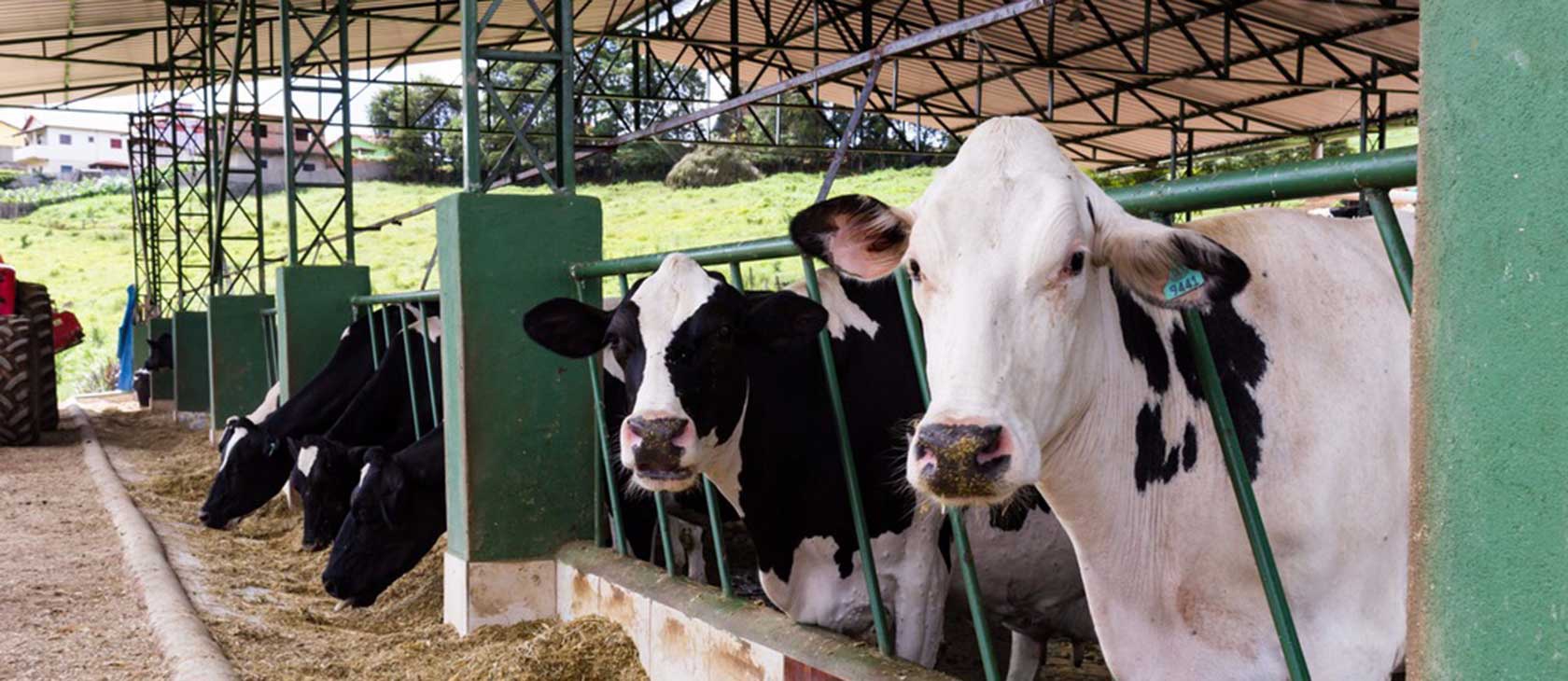Most people are taught to believe free markets are a form of social Darwinism; the theory that everyone fights for what they get and only the strongest survive. In our American system of free markets, cooperation is the key. This means voluntary exchanges are made between consenting parties. You can only do something in a market system that other people want. This maximizes the efficiency of resource use. As farmers this means we take care of our land, our animals, our water and our families to produce what consumers want to eat and at a price they are willing to pay. Free markets do work. We have made a successful living as farmers for 33 years doing just that.
We chose as a matter of principle not to participate in any government farm programs. We made that decision years ago and have never regretted it. We have never accepted a subsidy payment (and we do grow wheat) a crop disaster payment (we lost our berry field to frost damage one year) and have spent our own money protecting our riverbottom land from being washed away during winter floods.
One of the agricultural groups to which we belong defines a family farm as “a form of business enterprise in which the entrepreneurial decisions (what shall we produce? how much? for whom?) are made by a family engaged in the production of food, feed, fiber, forest products and/or flora for profit which provides a major source of income and capital for reinvestment”. This is an important distinction compared to the Five Year Farm Bills that are routinely passed by Congress.
Most people assume all farmers are subsidized by the federal government. Variations of government “solutions” to guarantee farmers “a fair price in the market place” involve only 10 commodities. However, they happen to be the largest and involve the majority of farmers so everyone is thrown into the same barrel. These 10 commodities include feed grains, wheat, field corn, soybeans, rice, tobacco, sugar, peanuts, cotton and dairy. This means over 200 other crops do not receive direct government support. Family farms growing fruits, vegetables, essential oils, herbs, meats, poultry, grass seed, Christmas trees, flowers, and so forth, are busy taking care of their resources of land, water and labor. They don’t have time nor do they think about traveling to Washington to ask for special favors and privileges.
Government programs tend to create far more problems than they “solve”, or, as Ludwig von Mises says: “Government intervention always breeds economic dislocations that necessitate more government intervention”. For example, the government guarantees dairy farmers a price for their milk. Consequently, stockpiles of milk and cheese during the early 1980’s were creating huge storage costs to taxpayers. The United States Department of Agriculture (USDA) implemented a dairy herd buy-out program to decrease the amount of milk produced. They bought entire dairy herds and sold them for meat in direct competition with livestock producers. This flooded the market; meat prices dropped below the cost of production; and many livestock producers went out of business.
Another example (and there are many!) of this economic dislocation are the target prices government sets for feed grain and wheat farmers. This target price is what “farm policy experts” say is necessary to cover production costs. If market prices drop below the government target price, the government pays the difference in a direct subsidy (cash payment). Instead of cutting back production, these farmers plow and plant every available acre of land. What happened? They produced a surplus. Too much wheat! What to do? The government then created a Conservation Reserve Program (CRP) similar to the Soil Bank years ago to take land (which should not and probably would not have been plowed) out of production. The government pays these farmers “rent” for CRP land. This created additional economic dislocations. Many younger farmers looking for land to rent couldn’t find it because it was enrolled in this “set-aside”.
Many dairy farmers justify the government guaranteed price for milk they produce is necessary because of the large investment they have in cows and dairy equipment. If this were true, then berry growers, orchardists and vintners would have the same argument. And, in some cases, these growers wait five years before they can harvest a crop. A dairy cow will produce milk the first year. The government does not guarantee these farmers a price for their berries, their fruits and nuts or their grapes. Why continue subsidies for dairy?
One of the crops we grow is an excellent example of market competition. We grow peppermint for oil. We harvest the leaves and stems and distill the oil. We have competition from other areas within Oregon, other states and foreign countries. We compete with artificial flavorings. The price of peppermint oil is not guaranteed by the government. Because price determines supply and demand, the price will vary from $8.00 to $20.00 a pound for oil. When prices are low, we produce less; when prices are high, we produce more. The key to our success in growing peppermint for the market (and we have been doing so for 21 years) is QUALITY and our ability to grow above average yields per acre for less cost. As soon as we sell our oil, it is delivered to the buyer and we receive our money. Many fruit, vegetable, seed and specialty crops and livestock are grown the same way.
This would work for dairy, wheat, tobacco, peanuts, and so on. Unfortunately, farmers who grow these crops have been “protected” from direct competition for so long they have no understanding of, appreciation for, or confidence in a market economy.
When Jerry and I started farming in 1961, everyone told us we were crazy (in much nicer words of course) and that we would never make it. Neither one of us came from farm families. Jerry’s dad worked in the woods and plywood mills in Cottage Grove; my dad was an optician in an Eye, Ear, Nose and Throat Clinic in Salem. We didn’t have any experience nor were we enrolled in any flag courses in school. We did have a strong work ethic. We understood the difference between “spending money” and “working capital” (money that was invested back into the farm). We had an excellent banker (we have always borrowed our money from a commercial bank as opposed to a government lending institution) who gave us sound advice and insisted on a detailed budget. We had good neighbors who gave us lots of help and advice. And, we learned from our mistakes. We decided from the beginning we wanted to be flexible, take advantage of market opportunities and not be locked into a static, government mandated farm program. We raised two children and provided jobs for many other family and friends’ children during the summers hoeing weeds, changing irrigation pipe and picking berries. It was an opportunity to teach our children a work ethic, to be responsible, and know they were an important part of our family. We started with 10 acres of strawberries on rented ground and now own and farm 1500 acres of riverbottom land along the Willamette River. We have grown green beans, carrots, cauliflower, table beets, blackberries, alfalfa, barley, sweet corn, wheat and peppermint for oil. We have made our entire living farming; we have been successful and appreciate the challenge of farming for the market.
We are a minority in the farm community and not popular with those who do participate and stubbornly justify these farm programs. We have decided it is time to speak up. Government payments, no matter how they are justified, are welfare checks. They eliminate the responsibility on the part of the receiver to be efficient, to be accountable, to be flexible and to make the management choices necessary in a market economy. It eliminates the voluntary exchanges between consenting parties. A free market is more chaotic and it is more of a personal risk (we can always fail) but the rewards of self-determination and self-respect are worth it.
Farm families who work together and worship together develop a dignity that is born of honesty, self-respect, determination and hard work. Government programs do not support or encourage these values. Generations of farm families have cared for their land, their crops, their animals and each other. They have accomplished this without the “help” of government farm programs or mandates from well-intentioned, uninformed activist groups. These values founded a nation, guided its growth and, if given a chance, will determine its future.













